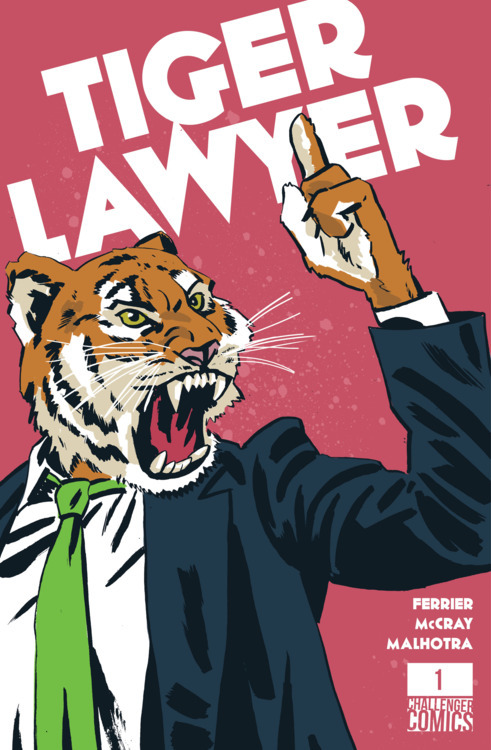On October 1, 2012, the Southern District of Florida issued its opinion in the case Hernandez v. Altec Environmental Products, LLC, No. 10-80532-CIV, 2012 WL 4511341 (S.D. Fla. Oct. 1, 2012). The case involved Guadalupe Hernandez, an employee of Asplundh Tee Expert Co., who suffered a severed hand while operating a wood chipper manufactured by Altec Environmental Products, LLC (“AEP”). Mr. Hernandez and his wife brought suit against AEP and another Altec entity, and both defendants moved for summary judgment in the case.
The wood chipper at issue in this case was a CFD 1217 model. As designed and manufactured, the wood chipper had a guard that covered the bottom of the housing for the in-feed roller, which was referred to by the Court as the safety cover.
The safety cover was bolted to the wood chipper with eight bolts.
Here’s a picture we found of the chipper:

More pictures can be found here.
On the day of the accident, however, the safety cover was not on the wood chipper. Why? Because it had been removed by the Plaintiff’s employer. Mr. Hernandez was aware of that fact. Apparently, the safety cover was removed because the machine had a tendency to jam with debris, which needed to be constantly cleared from the in-feed rollers to keep the machine working.
Mr. Hernandez had been trained by his employer to clear debris from the machine with his hand, which could only be done with the safety cover off the machine. Mr. Hernandez was not paying attention as he cleared debris with his hand on the day of the accident, and that’s when he got his hand severed.
At the summary judgment phase, the Plaintiffs argued the machine was defectively designed, causing it to jam repeatedly. Plaintiffs contended that this purported defect actually encouraged operators to remove the guard and leave it off, which they argued was a foreseeable event. This was a creative argument, but the Court wasn’t buying it:
At the hearing on the instant motion, the Court pressed Plaintiffs’ counsel to cite any cases that held a manufacturer strictly liable for failing to modify a design of a product that when used as directed was not harmful or dangerous, but when foreseeably misused or put to an unintended use, could be found to be unreasonably dangerous.
The plaintiffs cited Norton, an Eleventh Circuit case in which the key piece of evidence against the manufacturer on a design defect theory was the failure to install a dead man’s switch on a mower. But the Court in this case quickly dismissed that argument:
There is, however, a critical factual difference between this case and Norton. In Norton, the mower was found to be defective or unreasonably dangerous as designed. In this case, it is undisputed that the wood chipper as designed was not dangerous.
The plaintiffs disagreed, and tried to argue that the wood chipper “didn’t work the way it was supposed to” and encouraged foreseeable misuse (i.e. taking the safety cover off the machine). The Court declined to extend the doctrine of strict liability that far:
Plaintiffs have no authority for the proposition that a manufacturer may be strictly liable for a foreseeable misuse of a product or for a product that is not unreasonably dangerous as designed, but which merely functions in an allegedly unsatisfactory or inefficient manner.
When I started reading this decision, I thought it would be a run-of-the-mill products case with no potential for implications beyond its own facts. But this is a sneaky case. Imagine if the plaintiffs’ argument had worked. Strict liability would have expanded significantly. Manufacturers would be liable not only for protecting people from their own lack of common sense (i.e. placing your hands in the vicinity of moving machinery), but also when their products were modified from their original design to be more dangerous.
That is a dangerous concept indeed.



















